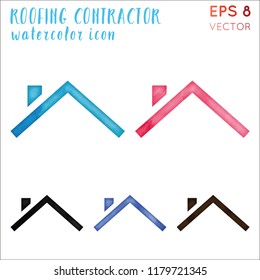Check Out The Effect Of Seasonal Elements On The Performance Of Business External Paint And Identify The Optimum Times To Attain Enduring Results For Your Project
Check Out The Effect Of Seasonal Elements On The Performance Of Business External Paint And Identify The Optimum Times To Attain Enduring Results For Your Project
Blog Article
Personnel Author-Ford Decker
When you're preparing an industrial outside painting job, seasonal variables can make or break your outcomes. You'll intend to think about how temperature and humidity effect paint application and drying times. Selecting the right period can ensure your paint adheres correctly and lasts longer. However which periods are really the best for this type of work? Allow's discover the crucial elements that can influence your project's success.
The Effect of Temperature on Paint Application
When you're planning a business exterior paint job, the temperature can significantly affect how well the paint adheres and dries out.
Ideally, you want to repaint when temperatures range between 50 ° F and 85 ° F. If it's as well cool, the paint may not cure properly, causing problems like peeling off or splitting.
On the flip side, if it's as well hot, the paint can dry too rapidly, protecting against correct bond and resulting in an uneven finish.
You need to likewise consider the moment of day; early morning or late afternoon provides cooler temperatures, which can be much more positive.
Constantly examine the supplier's referrals for the particular paint you're using, as they typically offer assistance on the suitable temperature variety for ideal outcomes.
Humidity and Its Effect on Drying Times
Temperature level isn't the only ecological aspect that affects your industrial exterior painting project; humidity plays a considerable function as well. High moisture levels can decrease drying times considerably, influencing the total quality of your paint task.
When the air is saturated with dampness, the paint takes longer to treat, which can cause problems like poor attachment and a higher threat of mildew development. If you're repainting on an especially humid day, be gotten ready for prolonged wait times between coats.
It's critical to monitor local weather conditions and strategy as necessary. Ideally, go for moisture levels between 40% and 70% for ideal drying.
Keeping these consider mind ensures your job stays on track and provides an enduring surface.
Best Seasons for Commercial Outside Painting Projects
What's the very best season for your industrial exterior painting projects?
Springtime and early autumn are usually your best options. Throughout these seasons, temperature levels are mild, and moisture degrees are frequently reduced, creating suitable problems for paint application and drying.
Avoid summer season's intense heat, which can cause paint to completely dry as well quickly, causing bad attachment and finish. Likewise, can you paint the ceiling and walls the same color can impede appropriate drying out and healing, risking the longevity of your paint job.
Go for days with temperatures between 50 ° F and 85 ° F for optimum results. Bear in mind to inspect the neighborhood weather report for rain, as wet problems can ruin your task.
Preparation around these variables ensures your painting task runs smoothly and lasts longer.
Verdict
Finally, intending your business exterior painting tasks around seasonal factors to consider can make a considerable difference in the outcome. By scheduling job during the ideal temperature levels and humidity levels, you'll make sure much better attachment and drying out times. Remember to keep an eye on local weather forecasts and choose the right time of year-- spring and very early fall are your best choices. Taking mouse click the following article will aid you achieve a resilient and expert surface that lasts.
